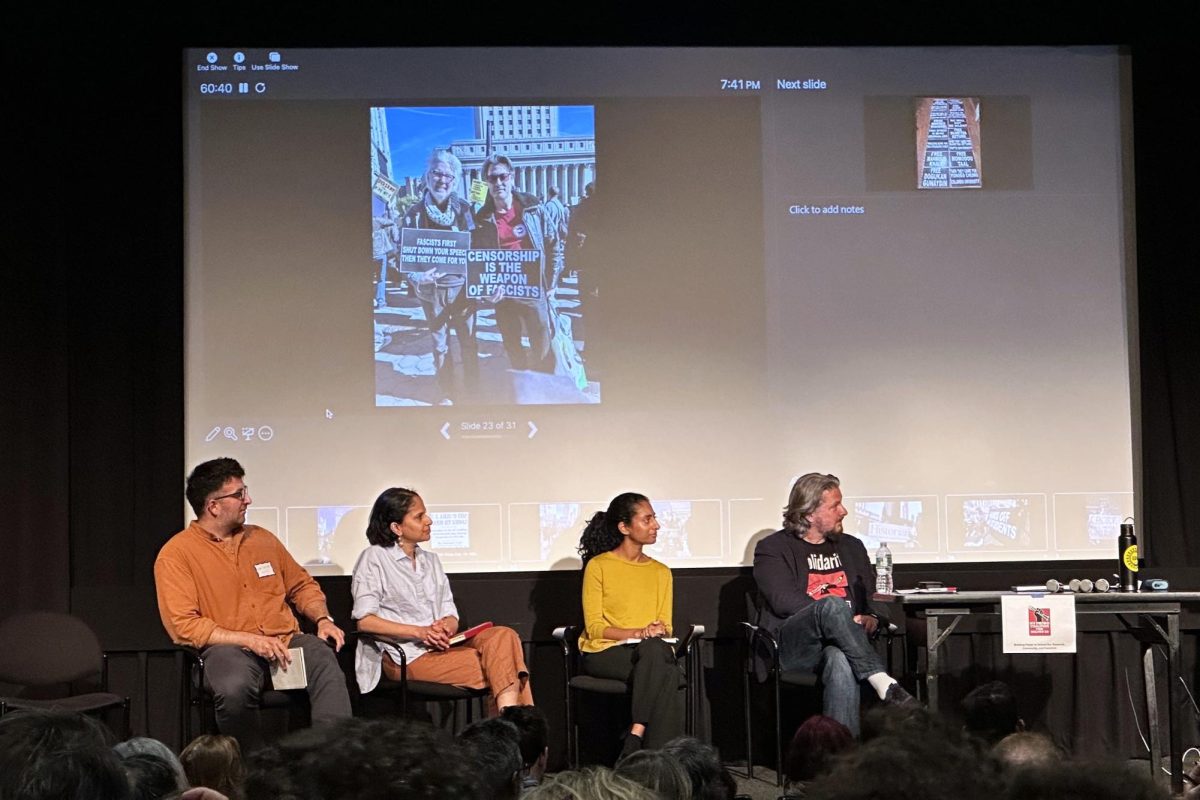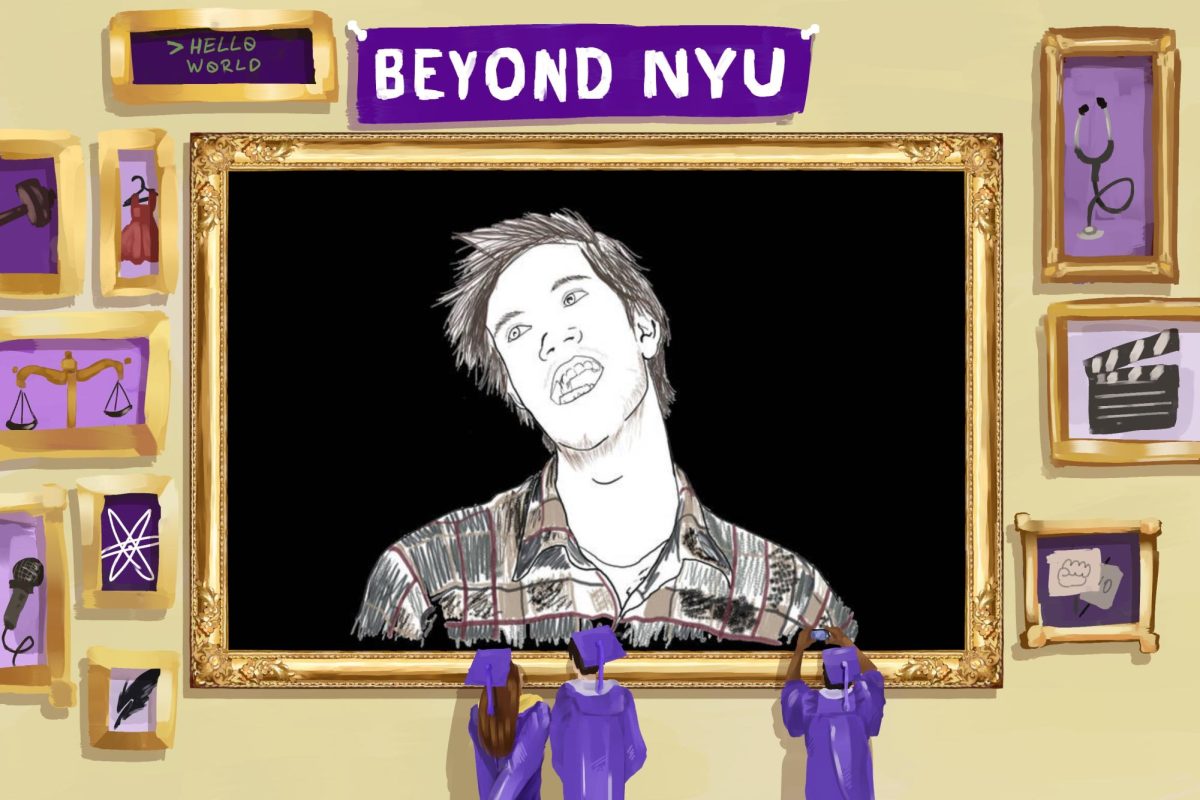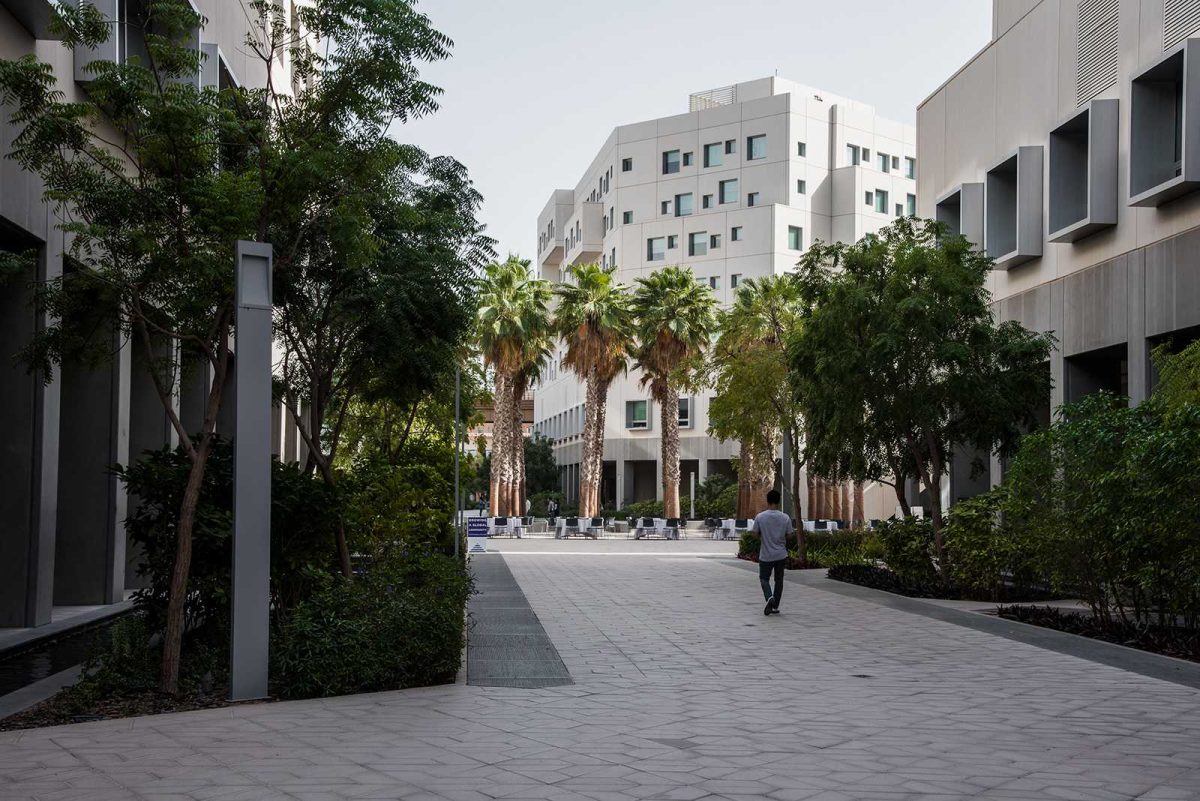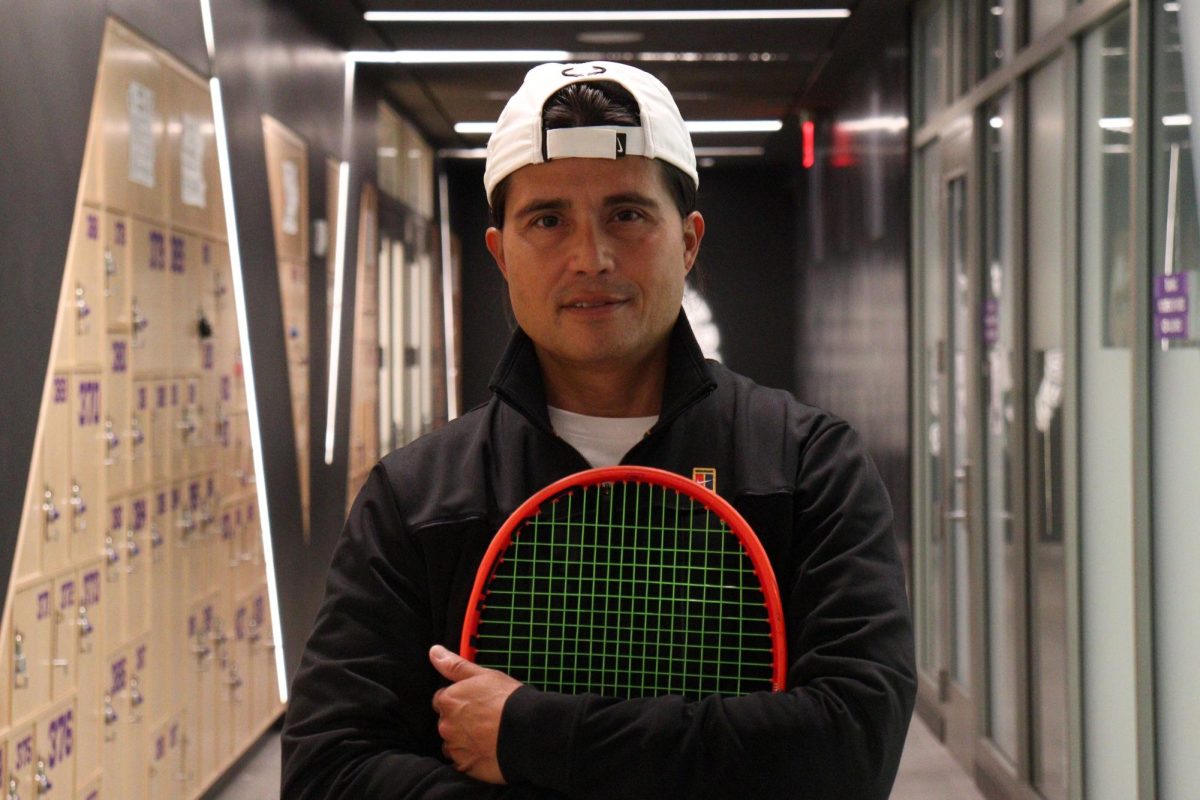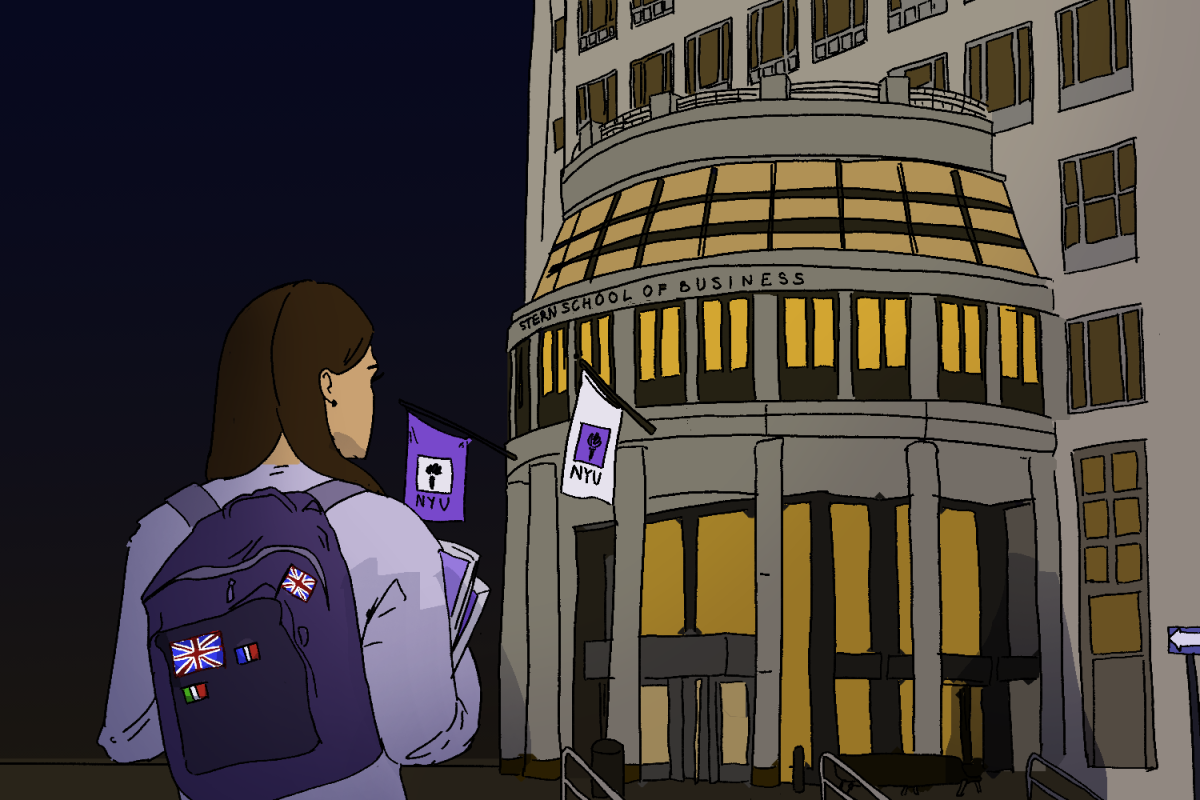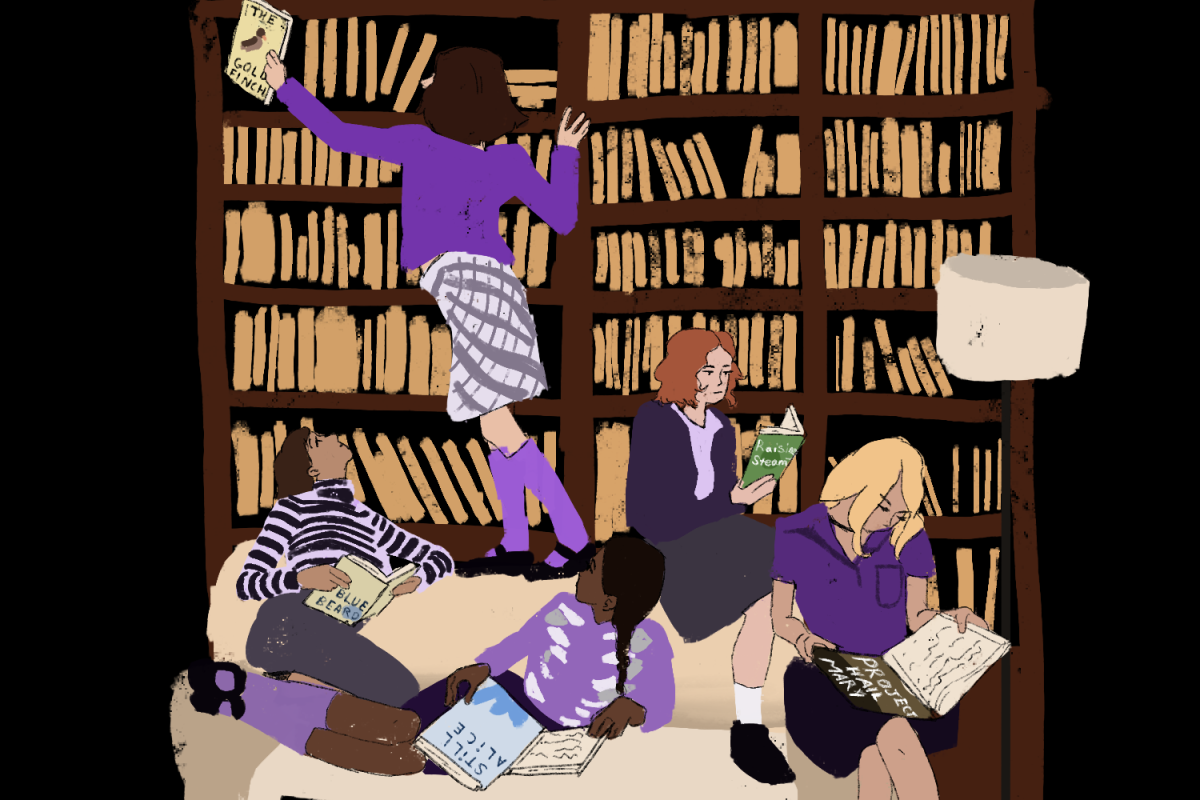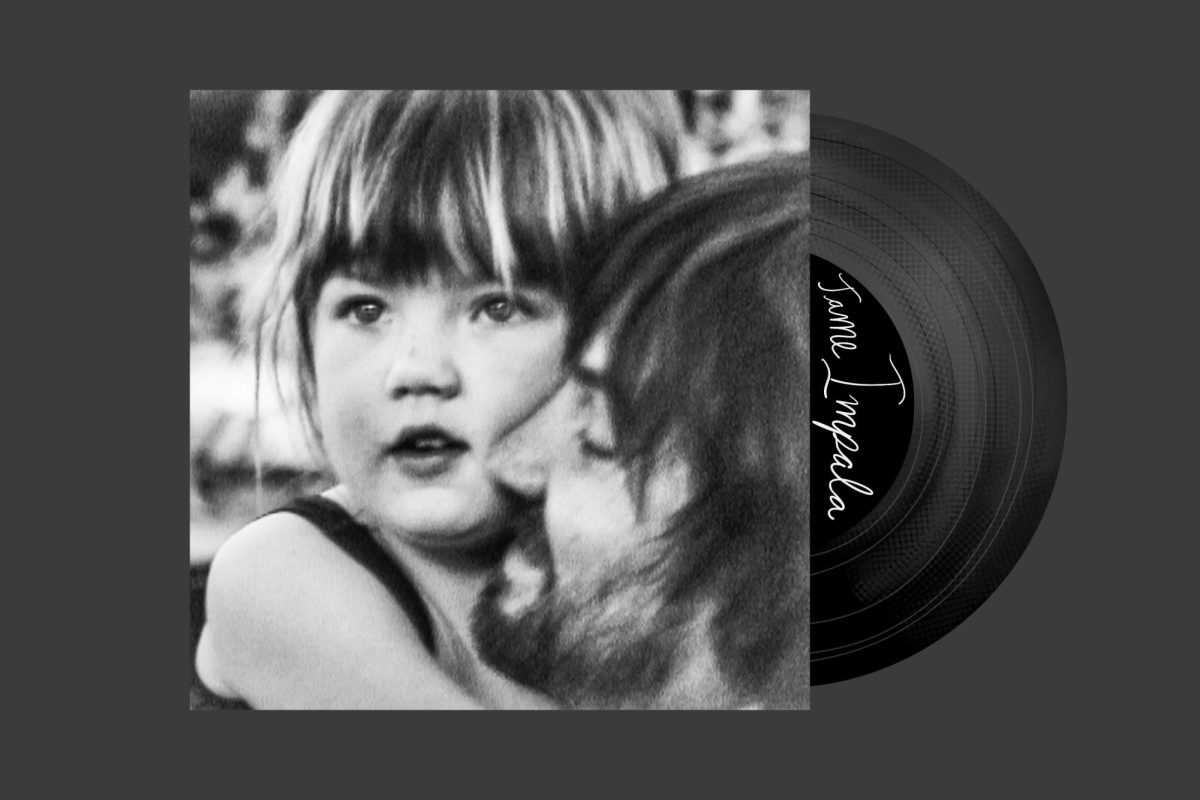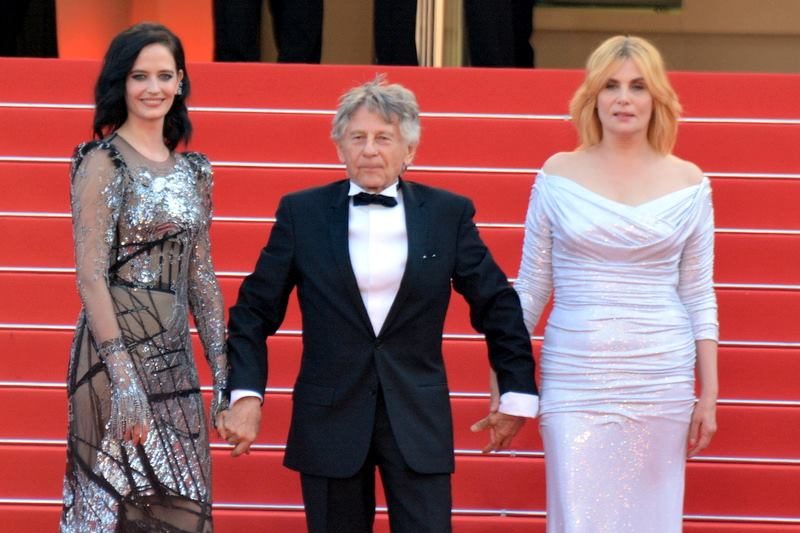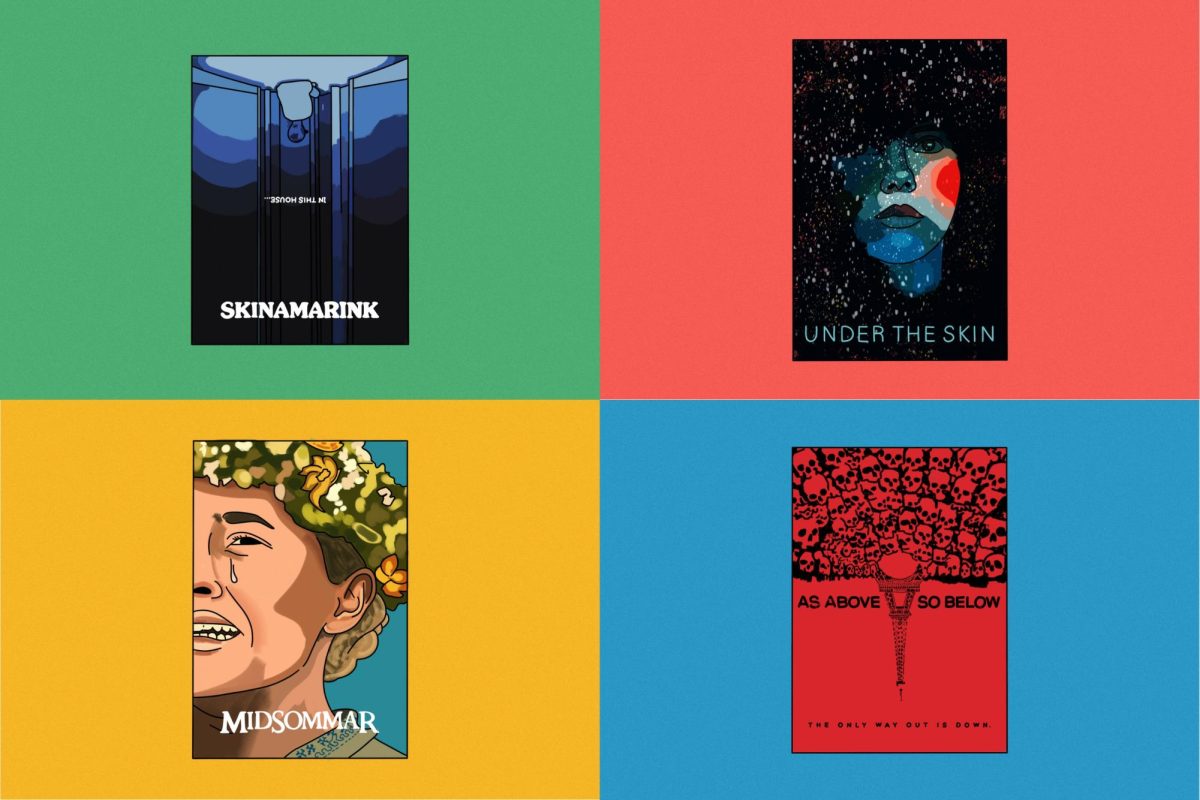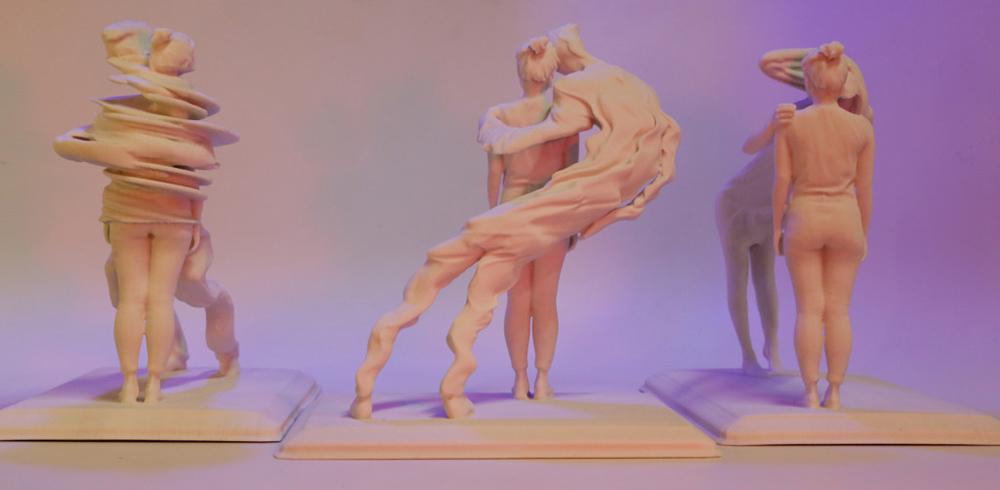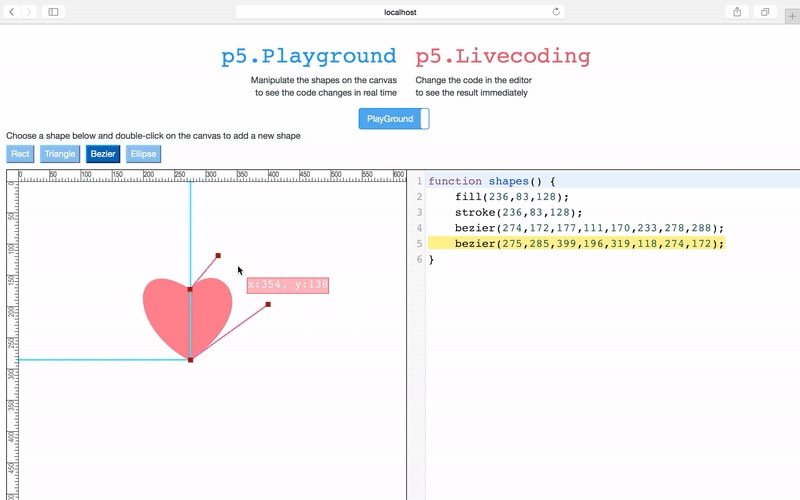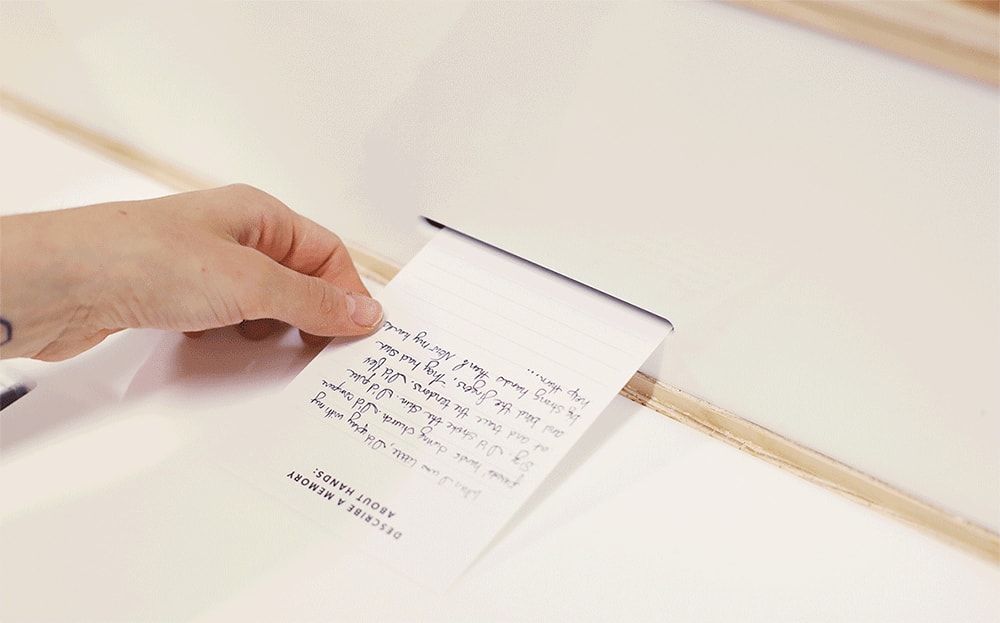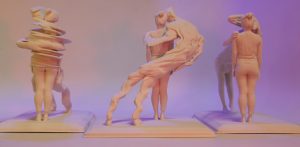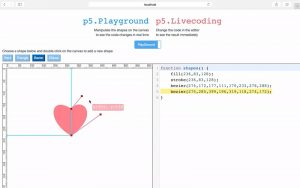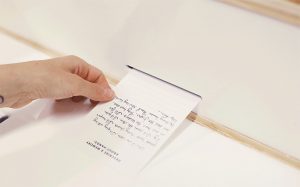Tech and Creativity Fuse in New Tisch Program
February 12, 2018
The Interactive Telecommunication Program floor of the Tisch School of the Arts building looks like a tech startup. It has 3-D printers, a Virtual Reality room and gizmos galore, including, curiously, a mirror made of wood.
ITP is a graduate program that concentrates on meshing technology and art. From it will stem a new bachelor’s program called Interactive Media Arts, which will launch fall 2018. The two programs plan to work closely with each other and will both move to Brooklyn next year.
“The [undergraduate] program here is going to be informed by the culture and students in the [graduate] program, at least to start,” Shawn Van Every, director of graduate studies at ITP, said. “The sheer number of courses that we have in the grad program … we can really cherry-pick the best ones. We can pick the best faculty and create the best program out of the gate.”
IMA seems fairly open-ended: it focuses on mastering technology and using it as a creative force — in Van Every’s words, “to make the world a better place.” Students take electives in art and design, computation and data, media and entertainment and experimental interfaces and digital computing, but the program centers on a liberal arts core curriculum. The major culminates in a capstone project.
“We’re taking all the best things that we’ve learned over the last 40 years and applying it to undergrad, where people are sort of forming their passions, where people are just entering into adulthood, where people are really looking at the world critically,” Van Every said. “They’re exploring media and technology and art and we have a chance to work with them then.”
IMA, however, is not a new program. Versions of it are already offered at the NYU Shanghai and NYU Abu Dhabi campuses.
“IMA in Shanghai has been hugely popular,” Van Every said. “I think it’s the second most popular major after business. It was kind of like, ‘how could you not do it here?’”
Daniel O’Sullivan, the chair of ITP and associate dean of Emerging Media, said that there has been an impetus to implement an undergraduate program at NYU’s New York campus since ITP’s start. He thinks it’s about time the program got off the ground.
“Technology is so deeply baked into the culture that it’s a form of thinking,” O’Sullivan said. “It’s a necessary form because the world is operating that way. We felt like the world had changed to the point where undergrads needed to be able to speak in this kind of interactive language.”
Though both O’Sullivan and Van Every are excited to be starting the program at the New York campus, they both agreed that in the future, they hope a university program like IMA won’t be necessary.
“We are training people that go and teach everywhere around the world,” Van Every said. “It’s kind of like … the more we can get ourselves out there, the less reason they have to come here. Our goal is the same either way: it’s to get people to have a digital penmanship and put ourselves out of business.”
“This program started on the basis of videotape technology,” O’Sullivan said. “Across 38 years, other important technologies like the internet, mobile phones, [artificial intelligence] showed up. There’s always something new. Putting ourselves out of last year’s business doesn’t mean we’re out of the new business.”
A version of this appeared in the Monday, Feb. 12 print edition. Email Amelia McBain at [email protected].

